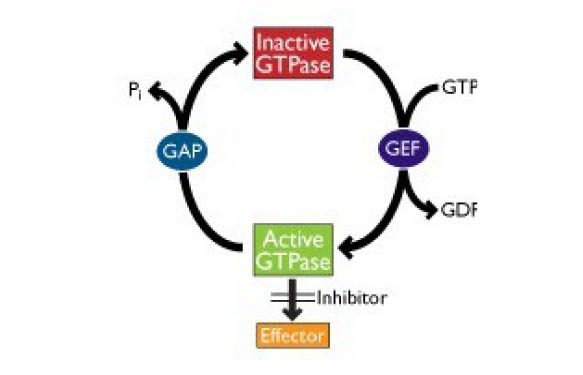DNA and Histone proteins are targets for epigenetic modifications.
One of the roles of Epigenetics is to drive cellular differentiation from totipotent Stem cells to fully differentiated cell types, by regulating gene expression through patterns of modifications that differ according to the cell type and the cell status. This means that the patterns may significantly differ between stem cells, germ cells, and differentiated cells.
It has been found that cancer cells often differ in regard to specific Epigenetic modification sites too. Thus, epigenetic enzymes are considered as potential pharmaceutical drug targets or biomarkers, and quite some effort is made to define drugable targets.
In a previous post I focused on histone modifying enzmes (writers) . Today I will concentrate on those enzymes which erase modification from histones (erasers). Later on, in a further post we’ll be focusing on proteins which recognize specific modifications (readers).
Which epigenetic modification erasers are essential targets in Drug Discovery?
# Deacetylases
For quite some years, especially histone deacetylases (HDACs) have been considered as relevant pharmaceutical targets. For a long time, HDAC inhibitors have been used in psychiatry and neurology as mood stabilzers and antiepileptic drugs. More recently they have been developed as potential drugs against cancer. The first drugs in this field approved by the FDA are used for the treatment of cutaneous T-cell lymphoma (Vorinostat, Romidepsin). Furthermore, HDAC inhibitors are discussed as pharmaceutical tools against immune disorders (for a review, see (1))
# Demethylases
For a long time it was thought that methylation of histones represents an irreversible process. The first Demethylase (LSD1) was characterized only in 2oo4 (2). Since then, and with the increasing interest in Epigenetic mechanisms, a number of demethylases has been described. Altered demethylase activities have been linked to different types of cancer (3), making demethylases a promising target for anti cancer drug discovery efforts.
# De-Ubiquitinases
A large group of enzymes catalyzes the proteolytic removal of ubiquitins linked to target proteins. These enzymes are called isopeptidases or De-ubiquitinases (DUB). Ubiquitin has several cellular functions: it can tag proteins which shall be degraded by the proteasome pathway (4), it can coordinate cellular localisation of proteins, activate and inactivate proteins and finally it is able to modulate protein-protein interactions (5, 6). Histone (de)ubiquitination plays a role in transcription and DNA damage response. It has been linked to stem cell biology and cancer. Thus enzymes involved in histone (de)ubiquitination might become interesting targets for pharmaceutical activities as well.
Tools for your epigenetic research and screening activities
When you start screening activities on new targets you might need to establish and optimize new assays in your laboratory.
To accelerate your assay development, BPS Biosciences as well as LifeSensors have released a wide variety of HTS compatible ready-to-use assays to run inhibitor screenings for a number of epigenetic enzymes.
You might like to take a look at…
Histone deacetylase activity assays, Demethylase activity assays, De-Ubiquitinase activity assay
Of course you might also need active enzmyes and/or substrates for epigenetic assay development, of which a wide variety are also available (the experts at tebu-bio can help out there too).
Research tools reviewed in this post can definitely help you in your epigenetic research – in drug discovery activities and screening for inhibitors of epigenetic target enzymes and in academic and fundamental research as well.
Don’t hesitate to ask your questions or share your comments below!
1. Falkenberg and Johnstone, Nature Reviews Drug Discovery 13, 673–691 (2014)
2. Shi, Y. et al., Cell 119, 941-53 (2004)
3. Kampranis and Tsichlis, Adv Cancer Res. 102:103-69 (2009)
4. Glickman and Ciechanover , Physiol. Rev. 82 (2), 373-428 (2002)
5. Mukhopadhyay and Riezman , Science 315 (5809) 201-5 (2007)
6. Schnell and Hicke, J. Biol. Chem. 278 (38) 35857-60 (2003)




